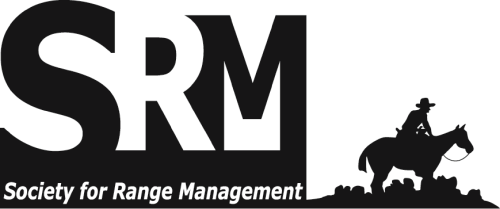Native plant abundances within the grasslands and sagebrush steppe of the Northern Range decreased substantially during the 20th century and the degradation has continued during the 21st century. Forage production has declined precipitously, and ecological processes (i.e., water cycle, energy flow, and nutrient cycle) are impaired and degrading further. The declining health of Northern Range grasslands and sagebrush steppe is primarily caused by heavy grazing and browsing by bison and elk, not climatic changes. Excessive grazing and browsing is caused by modern-day management decisions that allowed bison and elk populations to become much larger than primeval times. National Park Service policy requires human intervention (i.e., active management) when human actions have impaired natural ecological processes or altered natural abundances of native plants and animals. The Rangelands archives are made available by the Society for Range Management and the University of Arizona Libraries. Contact lbry-journals@email.arizona.edu for further information.

Practical, non-technical peer-reviewed articles published by the Society for Range Management. Access articles on a rolling-window basis from vol 1, 1979 up to 3 years from the current year. More recent content is available by subscription from SRM.